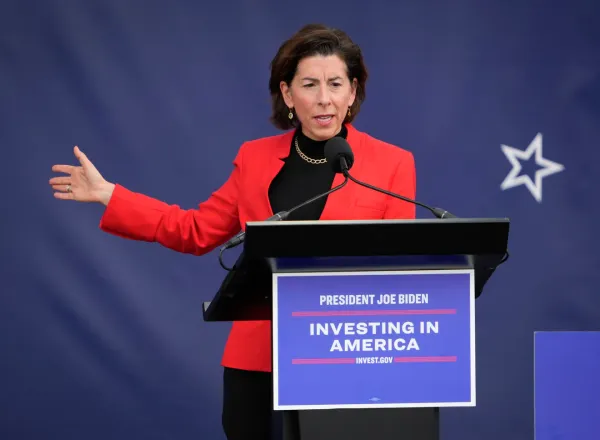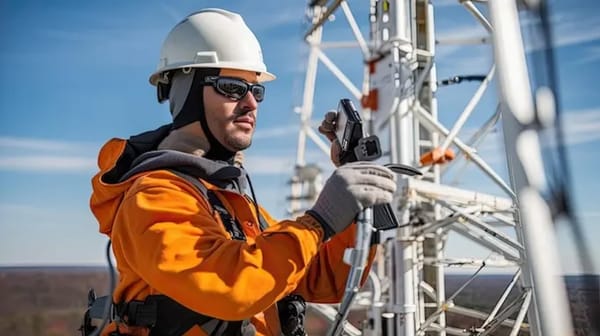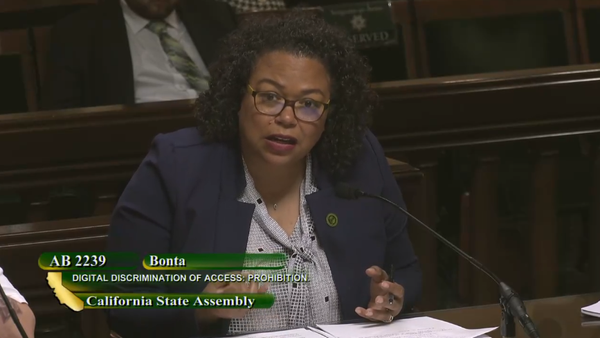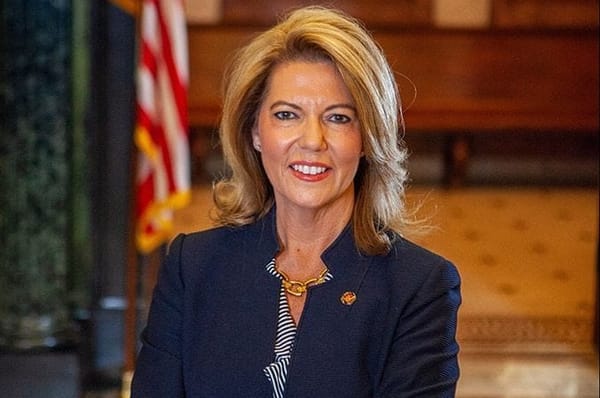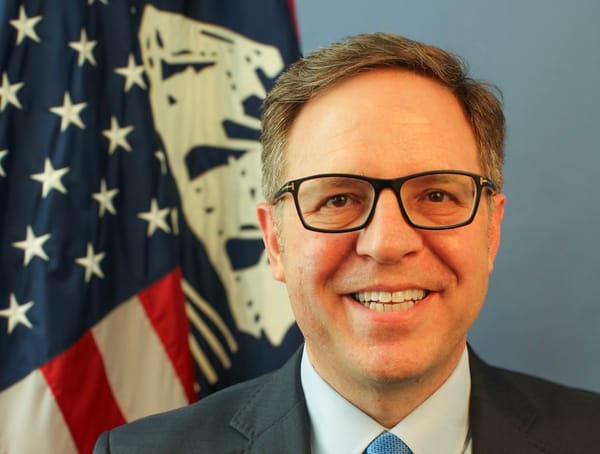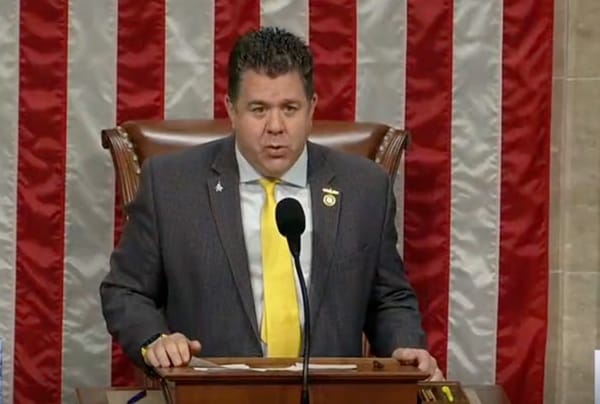CEO of SiFi Networks Talks Open Access Models As Company Looks to Expand in 2022
CEO contrasted SiFi Network’s model versus the Google Fiber model that builds infrastructure where there’s demand.

February 1, 2022 – Fresh off an infusion of cash, the CEO of broadband company SiFi Networks said he believes the fiber city model that his company is plowing billions of dollars in is important for universal broadband access.
In an “Ask Me Anything!” interview on Broadband.Money on Friday, Ben Bawtree-Jobson said his company plans to put $2 billion in open-access fiber networks in 30 cities across the country by the end of 2022. The open access model allows other providers of retail broadband internet to use infrastructure to deliver last-mile services to homes.
Bawtree-Jobson said that this model is in contrast to the Google Fiber model, which puts infrastructure where there’s demand. Bawtree-Jobson said his company wants to put fiber to every home, regardless of demand. The company recently entered into a $500-million joint venture with Dutch pension fund manager APG Group NV for open-access fiber-to-the-home delivery.
But despite opening the infrastructure to other providers, Bawtree-Jobson said SiFi wants to ensure that those providers are delivering quality service. In this case, SiFi ensures that that companies that will ride on its infrastructure have a track record of meeting customer service expectations.
Bawtree-Jobson also said that when SiFi looks for cities to adopt, it likes to make sure they have “a relatively limited existing fiber footprint, in terms of fiber to the home” and those areas are densely populated enough so as to avoid having to string lots of fiber between individual households.
To watch the “Ask Me Anything!”, visit Broadband.Money, and join the community!

